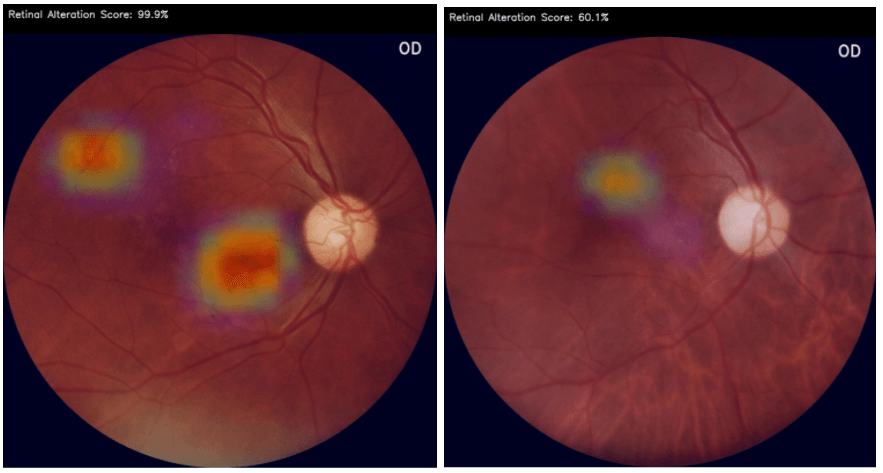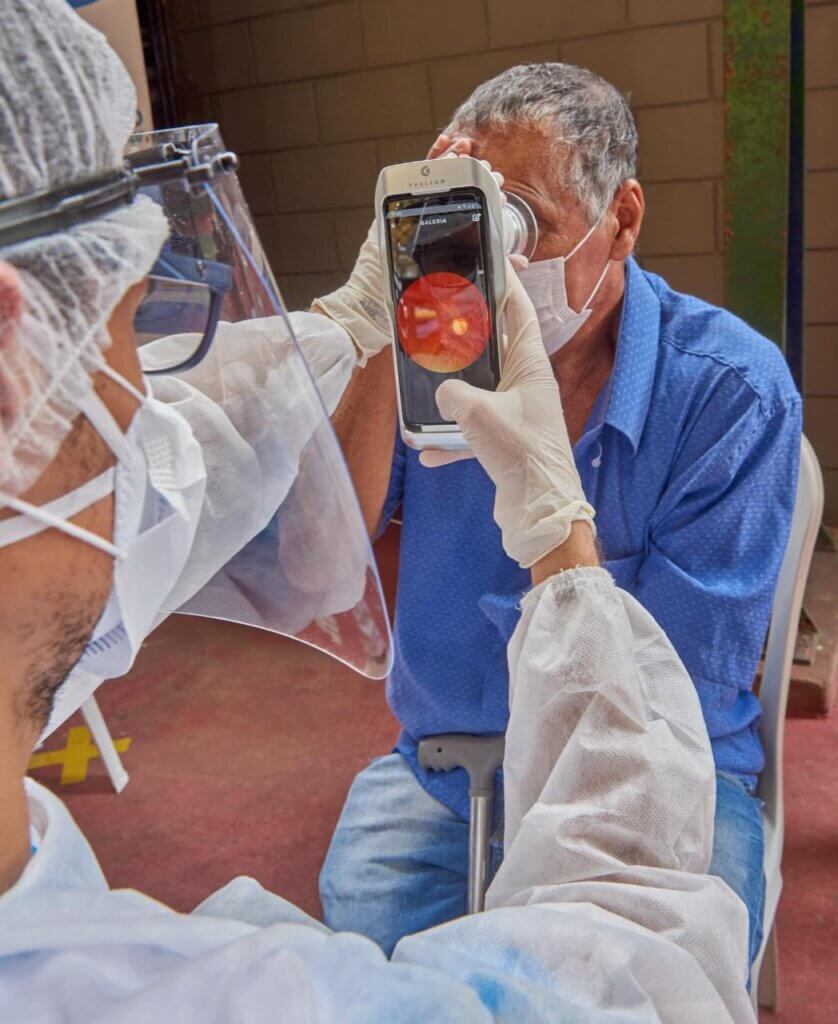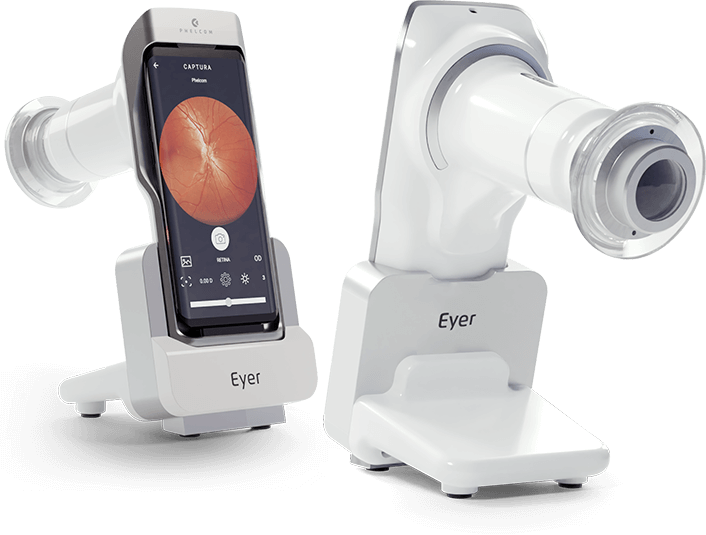Algorithm was runned during the Itabuna Diabetes Campaign and helped the health professionals to screen and refer more than 820 Diabetic Retinopathy patients. The solution will be released to the market still in 2021.
Phelcom fundus camera, the Eyer, has been used in Itabuna Diabetes Campaign several times, but this year it was different. In the captured images was runned an Artificial Intelligence algorithm developed by Phelcom, where it could be identified with a good sensitivity and specificity patients with Diabetic Retinopathy (DR) condition.
The sensitivity was 97.8%, what means a high algorithm capacity in identifying patients with DR. When it was analyzed the specificity, the number reached was 61.4%, that indicates the percentage of health patients that the algorithm confirmed that really was healthy. The AUC, Area Under the Curve, was 0.89 and it shows in this scenario a high rate of the algorithm assertivity to refer just DR patients to in person consultation and not the healthy ones.
Sensitivity was high when indicating more than mild cases, the ones where the patient needs to undergo a medical treatment with a specialist – the mild ones are usually monitored at every given time period. Besides specificity was not in a higher score as sensitivity, it was a good result considering the algorithm was not only detecting DR, but other retinal alterations like hypertensive retinopathy, aged macular degeneration (AMD), toxoplasmosis, among others, while the physician was focused on this project to detect just DR cases.

Examples of the algorithm heath map enhancing the colours in regions where it was detected retinal alterations and pointing the percentage of the Retinal Alteration Score. Source: Phelcom.
The article, published in the Journal of Diabetes Science and Technology, points out that screening patients on diabetic retinopathy could be one of the most cost-effective initiatives on diabetes care, but in several scenarios there is insufficient health care structure and resources in terms of funding, trained health care human resources, and facilities.
Eyer is a portable, connected and affordable device to perform posterior and anterior eye exams, these characteristics were highly suited to capture the images during the health campaign. As the equipment offers high quality images, to run an artificial algorithm in the images was a natural step, as it could help the health professionals screen more than 820 patients.
Phelcom has been developing this solution during the past few years, it still has no commercial name, but it will be available on the market still in the first semester of 2021. José Stuchi, CEO at Phelcom, says the company aims to develop new artificial intelligence services that will be aggregated to the EyerCloud, Phelcom’s cloud system to store patients medical records. “We are sure that this new algorithm and other ones we are working on will help physicians to diagnose those challenging conditions that sometimes are difficult to be identified to the unaided eye”, he stands.
When working with scarce resources, whether human, financial or material, Phelcom is creating solutions to break down barriers to eye care access, enabling health professionals to reach patients in different scenarios and regions.
The full publication and results are available in the original article, access: https://journals.sagepub.com/eprint/H58YCATDBNT5YRZYAXKW/full






